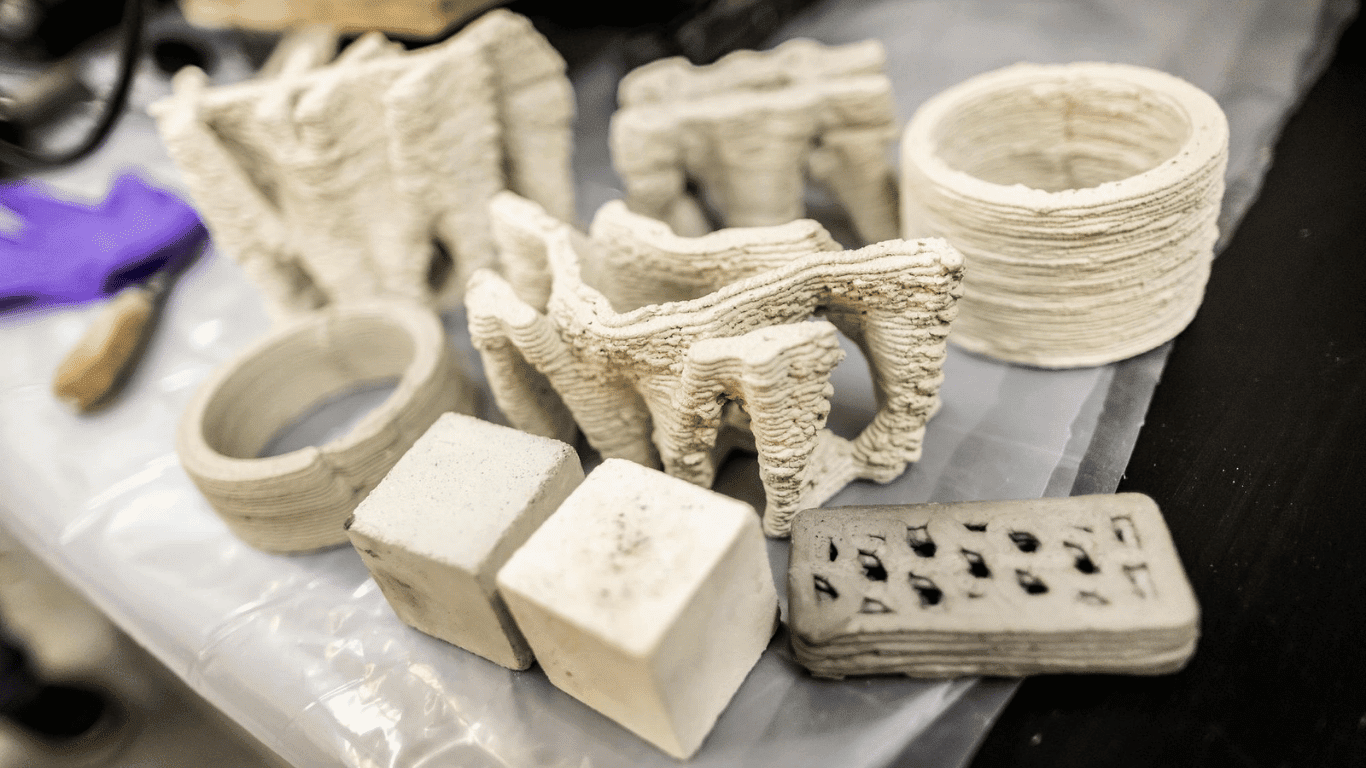Tomorrow’s World Today Field Reporter Darieth Chisolm visits Lazer Spot headquarters in Georgia in order to learn more about their logistics process and how they’ve managed to streamline shipping operations. But did you know that shipping containers are used for much more than getting goods from point A to point B? In an effort to go green, shipping containers are now being recycled into anything from art to architecture.

Shipping Containers For Housing
After spending years traveling around the world, a shipping container could end up becoming someone’s home sweet home. Shipping containers are beginning to be used to build houses thanks to their predictable building costs and a homeowner’s desire to create a home using recycled materials. One such house was built by architect Matt Mooney in Dallas, Texas. The house was constructed using fourteen shipping containers combined with a primarily concrete ground level. This resulted in a home that contains three bedrooms, three and a half bathrooms, and an outdoor pool.
When interviewed by Discover Containers regarding his work designing and building the home, Matt had this to say, “The actual process of buying and shipping one trip containers from Dolphin Containers in Shanghai was an interesting experience. We had to learn how to navigate the used container market here in the region before we decided to go with one-trip containers. Other than that, I enjoyed every minute of the experience of building this thing.”
Shipping Containers As Art
Shipping containers have also been repurposed by artists as sculptures and art pieces. Shipping container art has been displayed all over the world and even as recently as February of 2021 in Williamsburg, Brooklyn. The display was put on by the Brooklyn Museum as part of their “JR: Chronicles” exhibition, which has been displayed on the first floor of the museum since 2019. JR is a French artist who specializes in taking individual portraits of ordinary people, blowing them up to a very large size, and placing them in public places.
The shipping container exhibit features twelve to sixteen shipping containers stacked at altering levels to create the appearance of a sculpture. On the front side, rebar fills the spaces between the containers so that a mural can be pasted on. This exhibit in particular features the mural titled The Chronicles of New York City, which is currently on display in the museum but was recreated for this sculpture. The piece itself involved the artist taking individual photos of 1,128 New Yorkers and then putting the photos together to form the city landscape.
Shipping Containers As Schools
In both developing countries and in parts of the United States, some schools have started to turn towards shipping containers as a means of construction. One such school is Waldorf School in Orange County, California who used them as institution expansion. Reportedly the response from both students and faculty regarding the construction has been overwhelmingly positive.
Being made out of solid steel, the shipping container walls are extremely durable and the building costs were roughly 10 to 20 percent cheaper than they would’ve been otherwise. The expansion added roughly 10,000 square feet of classroom space to the school. In addition, another benefit to building a school with shipping containers is their portability. If the school ever needs to relocate, having portable classrooms can make the move a lot easier.

Shipping Containers As Hotels
Shipping containers are also being used in the construction of hotels, giving the traditional temporary living space a funky twist. One such hotel is the Quadrum Ski and Yoga Resort in Gudauri, Georgia. The hotel is located on a snowy mountain roughly 7,200 feet high and involves a series of insulated shipping containers strategically placed and raised on steel posts. The interior of the hotel features rustic wood detailing, a spiral staircase, and floor-to-ceiling windows for breathtaking views.
A well-known shipping container hostel is the CCASA in Nha Trang, Vietnam which was designed by TAK Architects. The design aesthetic of the hostel is meant to mimic the upscale feel of private cabins found in luxury trains. It is also meant to encourage a communal feel by integrating a rooftop terrace, bars, and interspersed common areas which are meant to encourage travelers to commune.








